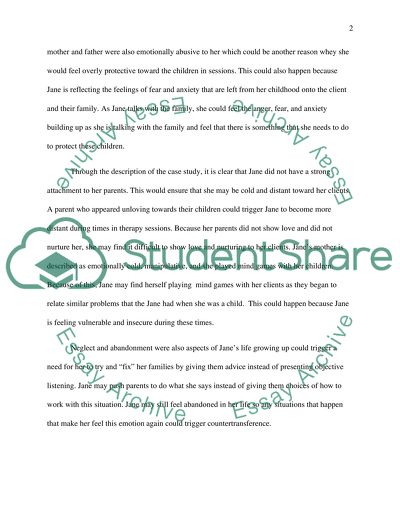Cite this document
(“Triggers and Countertransference Issues for a Family Therapist Term Paper”, n.d.)
Triggers and Countertransference Issues for a Family Therapist Term Paper. Retrieved from https://studentshare.org/psychology/1444287-triggers-and-countertransference-issues-for-a
Triggers and Countertransference Issues for a Family Therapist Term Paper. Retrieved from https://studentshare.org/psychology/1444287-triggers-and-countertransference-issues-for-a
(Triggers and Countertransference Issues for a Family Therapist Term Paper)
Triggers and Countertransference Issues for a Family Therapist Term Paper. https://studentshare.org/psychology/1444287-triggers-and-countertransference-issues-for-a.
Triggers and Countertransference Issues for a Family Therapist Term Paper. https://studentshare.org/psychology/1444287-triggers-and-countertransference-issues-for-a.
“Triggers and Countertransference Issues for a Family Therapist Term Paper”, n.d. https://studentshare.org/psychology/1444287-triggers-and-countertransference-issues-for-a.


